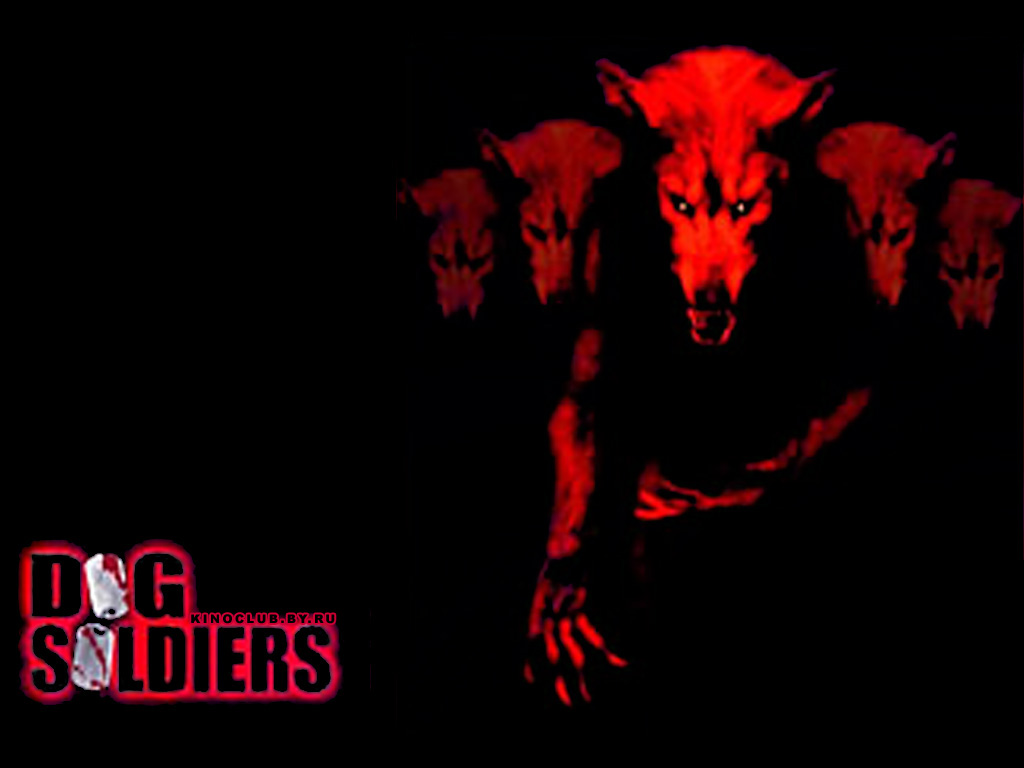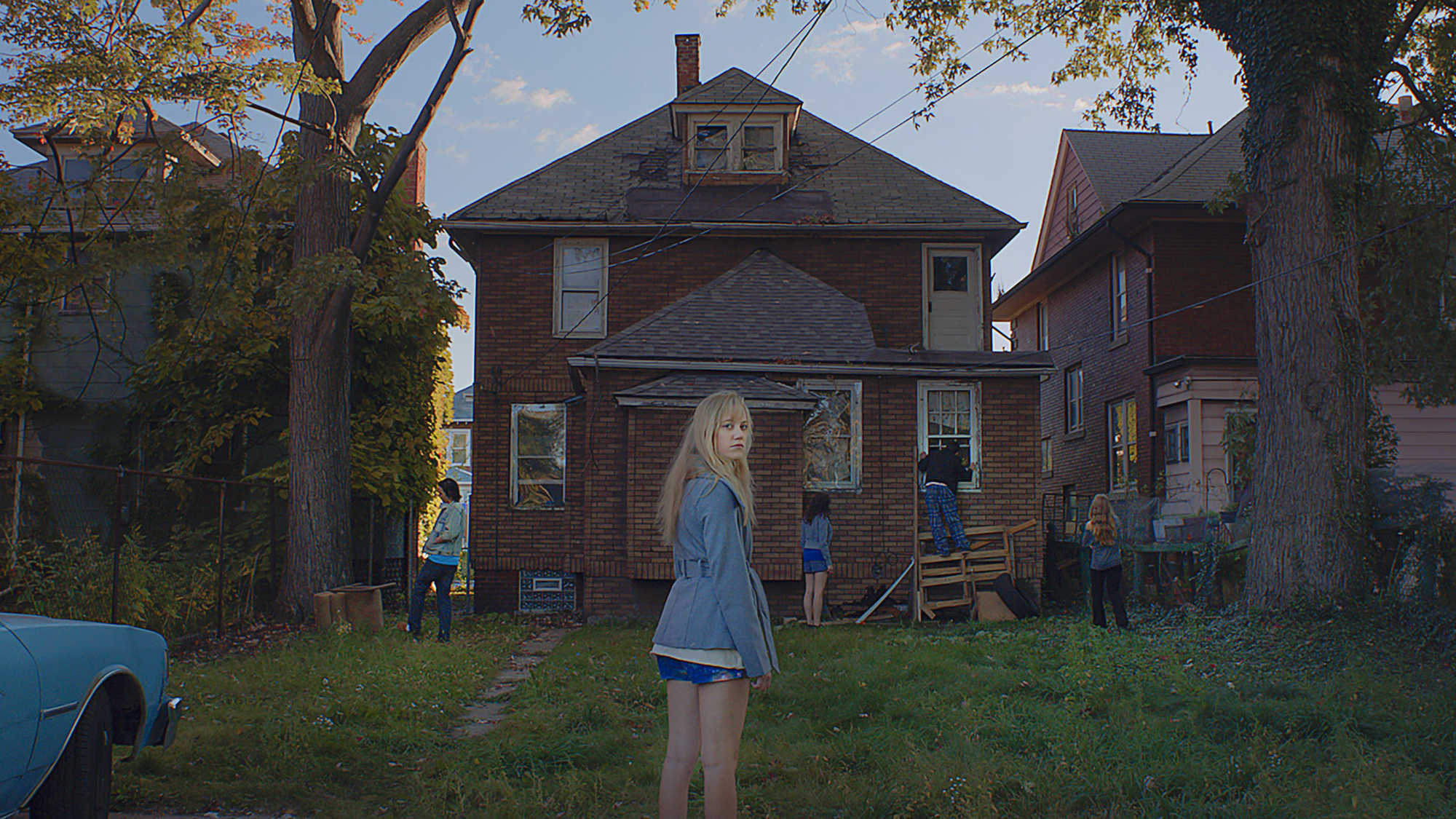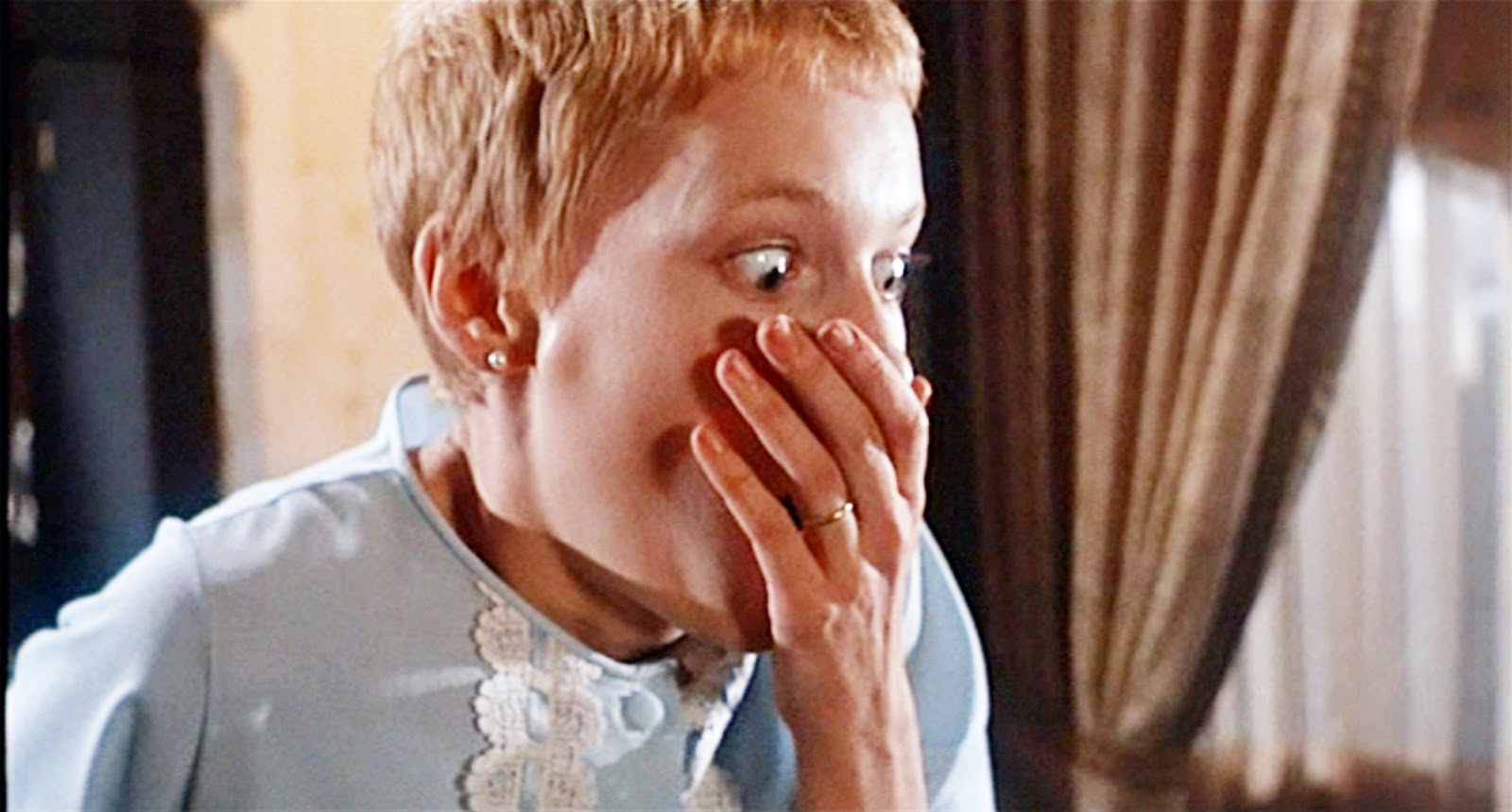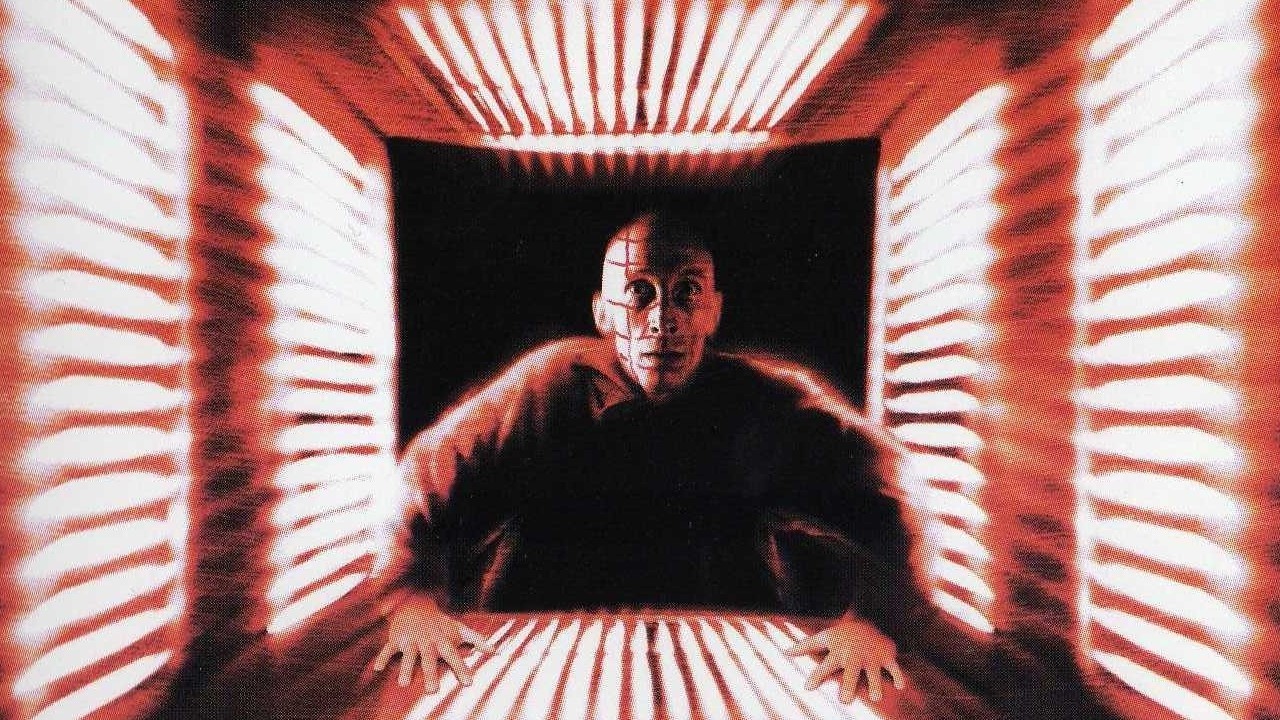War is hell, which makes it obvious fodder for horror films. It’s kind of amazing there aren’t more that really mine the carnage and insanity of battle, but those that do it well can make social commentary while getting under the audience’s skin. The films we celebrate today do both really well, plus – monsters! Hooray!
5. The Devil’s Backbone (El espinazo del diablo) (2001)
The Devil’s Backbone unravels a spectral mystery during Spain’s civil war. The son of a fallen comrade finds himself in an isolated orphanage that has its own troubles to deal with, now that the war is coming to a close and the facility’s staff sympathized with the wrong side. That leaves few resources to help him with a bully, a sadistic handyman, or the ghost of a little boy he keeps seeing.
Backbone is a slow burn as interested in atmosphere and character development as it is in the tragedy of a generation of war orphans. This is ripe ground for a haunted tale, and writer/director Guillermo del Toro’s achievement is both contextually beautiful – war, ghost stories, religion and communism being equally incomprehensible to a pack of lonely boys – and elegantly filmed.
Plus the ghost looks awesome. Del Toro would go on to create some of cinema’s more memorable creatures, and much of that genius was predicted in the singular image of a drowned boy, bloody water droplets floating about him, his insides as vivid as his out.
Touching, political, brutal, savvy, and deeply spooky, Backbone separates del Toro from the pack of horror filmmakers and predicts his own potential as a director of substance.
4. The Crazies (1973, 2010)
We’re cheating here, but George Romero’s 1973 insanity plague flick offers much, as does its 2010 reboot by the otherwise useless Breck Eisner, so we’re combining.
Just three years after Night of the Living Dead, the master found himself interested in taking his zombiism concepts in a different direction. Romero is more literal in his thoughts on the Vietnam War in this film than in his previous efforts. Two combat veterans are at the center of the film, in which a chemical weapon is accidentally leaked into the water supply to a Pennsylvania town. Those infected go helplessly mad. Military incompetence, the needless horror of Vietnam, and the evil that men can do when ordered to do so are all central conceits in this film.
Romero may not have always had the biggest budget, best actors, or best eye for composition, but his ideas were so far ahead of their time that modern horror would not exist in its current form without him. His ideas were unique, not far-fetched, and they fed the imaginations of countless future filmmakers. You can see Romero’s ideas and images from this film repeated in 28 Days Later, Return of the living Dead, Signal, Cabin Fever, Super 8, even Rambo – and, obviously, in the remake.
Eisner’s version offers solid scares, inventive plotting, and far better performances than expected in a genre film. Both films begin by articulating humankind’s repulsion and fear of infection before introducing the greater threat – our own government. Eisner’s greatest strength is his cast. The eternally under-appreciated Timothy Olyphant and Radha Mitchell, unerringly realistic as husband and wife, carry most of the grisly weight, aided by solid support work from folks who are not afraid to be full-on nuts.
3. Jacob’s Ladder (1990)
Jacob’s Ladder is as unsettling and creepy as any movie you’ll watch. The entire 113 minutes transpires in that momentary flash between life and death, with both light and dark trying to make a claim on Jacob Singer’s soul.
Tim Robbins plays Singer with a weary sweetness that’s almost too tender and vulnerable to bear. In a blistering supporting turn, Elizabeth Pena impresses as the passionate carnal angel Jezebel. The real star here, weirdly enough, is director Adrian Lyne.
Known more for erotic thrillers, here he beautifully articulates a dreamscape that keeps you guessing. The New York of the film crawls with unseemly creatures hiding among us. Filmed as a grimy, colorless nightmare, Jacob’s Ladder creates an atmosphere of paranoia and dread.
By 1990, the Vietnam film has run its course, but with some distance from the post-Platoon glut, the “flashback” crisis that underlines Singer’s confused nightmare feels less stale. It allows the movie to work on a number of levels: as a metaphysical mystery, a supernatural thriller, and a horror film.
2. Dog Soldiers (2002)
Wry humor, impenetrable accents, a true sense of isolation, and blood by the gallon help separate Neil Marshall’s (The Descent) Dog Soldiers from legions of other wolfmen tales.
Marshall creates a familiarly tense feeling, brilliantly straddling monster movie and war movie. A platoon is dropped into an enormous forest for a military exercise. There’s a surprise attack. The remaining soldiers hunker down in an isolated cabin to mend, figure out WTF, and strategize for survival.
This is like any good genre pic where a battalion is trapped behind enemy lines – just as vivid, bloody and intense. Who’s gone soft? Who will risk what to save a buddy? How to outsmart the enemy? But the enemies this time are giant, hairy, hungry monsters. Woo hoo!
Though the rubber suits – shown fairly minimally and with some flair – do lessen the film’s horrific impact, solid writing, dark humor, and a good deal of ripping and tearing energize this blast of a lycanthropic Alamo.
1. 28 Days Later (2002)
You know you’re in trouble from the genius opening sequence: vulnerability, tension, bewilderment, rage, and blood – it launches a frantic and terrifying not-zombie film. Like zombie god George Romero, though, director Danny Boyle’s real worry is not the infected, it’s the living.
Boyle uses a lot of ideas Romero introduced, pulling loads of images from The Crazies and Day of the Dead, in particular (as well as Lyne’s Jacob’s Ladder).
The vision, the writing, and the performances all help him transcend genre trappings without abandoning the genre. Both Brendan Gleeson and Cillian Murphy are impeccable actors, and Naomie Harris is a truly convincing badass. Their performances, and the cinematic moments of real joy, make their ordeal that much more powerful.
It’s a tribute to the performances, Boyle’s direction, and writer Alex Garland’s (Ex Machina) vision that, even after a dozen or so terrifying set pieces, the most deeply unsettling scene is a quiet conversation between ragged survivor Jim (Murphy) and his alleged salvation, Major Henry West (Christopher Eccleston).









